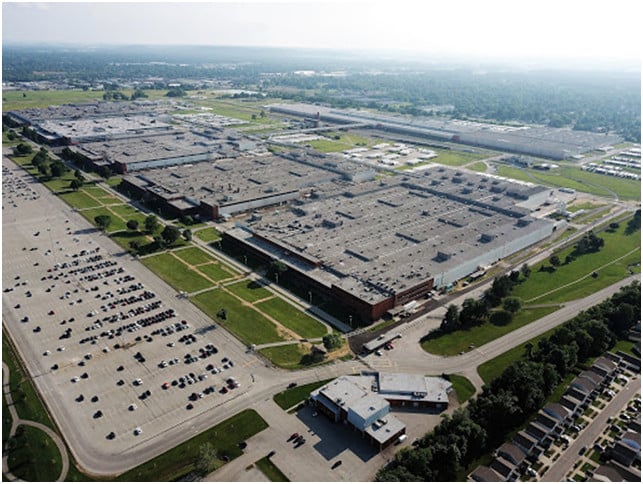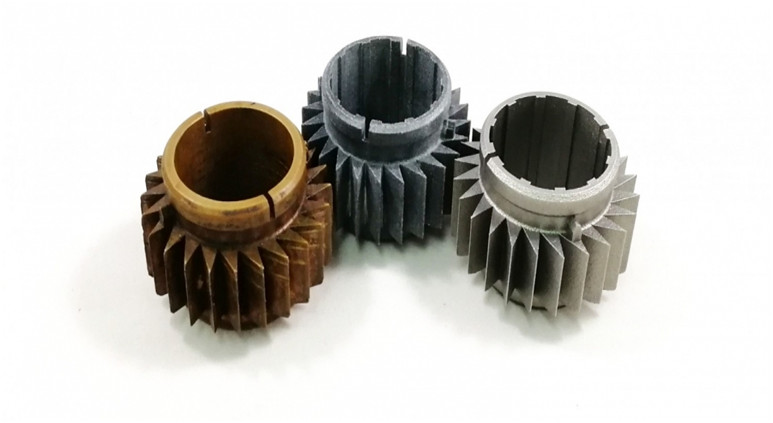
Charles Goulding, Jr. considers rising applications of 3D printing in the appliance industry.
Appliances Surge During Pandemic
Initially, it was concern over food shortages. Then, some appliances began breaking down through increased use, while others were bought as part of home improvement splurges.
All in all, appliance demand has steadily outpaced supply throughout the COVID-19 pandemic. As Sandy Tau, the owner of AHC Appliances in Long Island told NPR in September, “I have never experienced a year where there were shortages like we’ve seen this year.”
Not only are consumers buying more appliances, but they are also driving a wave of new innovation – one seemingly with more legs than the smart appliance wave of the past decade. The new trend pertains to hygiene. As the Wall Street Journal recently reported, items boasting hygiene enhancements include refrigerators with sterilizing ultraviolet rays akin to those in water purifiers (LG) and washing machines with built-in heating to remove germs and allergens (Whirlpool).
For disinfecting everyday items, there are standalone items like the “cleaning cabinet” from Turkish manufacturer Beko Electrical Appliances and Samsung’s Air-Dresser, an in-home closet that steams clothes and removes germs.
GE Acting Quickly
To meet surging appliance demand, GE has moved quickly. The firm recently announced a $62 million expansion to its “Appliance Park” in Louisville, Kentucky that will include 260 new jobs.
Two-thirds of that investment will go to a state-of-the-art four-door refrigerator, the rest to modernization of GE’s dishwasher products.
According to Greater Louisville Inc., the GE investment is partly a response to pandemic-related trends, especially those related to hygiene: “This investment, at this time, makes sense. Especially for the increased time folks are spending at home … Increased importance of hygiene and sanitization and the product line perfectly complements that,” said GLI’s acting Vice President of Regional Economic Development, John Launius.

3D Printing and Appliance Innovation
Increasingly, appliance makers prototype new designs with 3D printing. There are key advantages to doing so. These include the speed of manufacture — six hours for a 3D printed prototype versus two days using traditional CNC — and the elimination of measurement errors, since printed prototypes comprise a single product, not an assemblage of separate parts.
Especially in times of change, these 3D printing advantages truly help firms differentiate themselves. According to Haier Molds, a subsidiary of China’s largest appliance manufacturer, “3D printing has enabled us to gain a more competitive advantage in the household appliances industry. We are excited to explore the new horizons this technology will bring in the near future.” (Haier, it is also worth noting, is one of the few firms that makes biomedical freezers capable of handling Pfizer’s COVID-19 vaccine.)
Likewise, GE Appliances (now owned by Haier) makes heavy use of 3D printing. As the firm touted on its website in 2017, “GE’s new Rapid Prototyping Center (RPC) reduces parts development time an average of 80 percent. Using the RPC saves on tooling costs and streamlines new product development.”
Undoubtedly, GE plans to use rapid prototyping from 3D printing for its new, hygiene-focused appliance line. That’s because the RPC is located in Appliance Park in Louisville – the same location as the newly announced expansion.
As a final example, Whirlpool’s three-year relationship with Spare Parts 3D will likely help service its line of UV light-enhanced products as mentioned above.
The Research & Development Tax Credit
When any firm innovates new appliances and/or appliance parts, they can take advantage of a federal R&D tax credit to help subsidize their research efforts.
Enacted in 1981, the now permanent Federal Research and Development (R&D) Tax Credit allows a credit that typically ranges from 4%-7% of eligible spending for new and improved products and processes. Qualified research must meet the following four criteria:
- Must be technological in nature
- Must be a component of the taxpayer’s business
- Must represent R&D in the experimental sense and generally includes all such costs related to the development or improvement of a product or process
- Must eliminate uncertainty through a process of experimentation that considers one or more alternatives
Eligible costs include U.S. employee wages, cost of supplies consumed in the R&D process, cost of pre-production testing, U.S. contract research expenses, and certain costs associated with developing a patent.
On December 18, 2015, President Obama signed the PATH Act, making the R&D Tax Credit permanent. Beginning in 2016, the R&D credit can be used to offset Alternative Minimum Tax for companies with revenue below $50MM and for the first time, pre-profitable and pre-revenue startup businesses can obtain up to $250,000 per year in payroll tax cash rebates.
Conclusion
Appliances focused on hygiene have already become a consumer preference. Even though COVID-19 spreads primarily through air, the pandemic has raised general concerns about germs and hygiene that are likely to persist well into the future. To meet a sudden demand spike, firms using rapid prototyping can gain a major advantage over those using traditional prototyping methods. The R&D tax credit can help firms shoulder the cost of innovation and meet market demand as quickly as possible.
